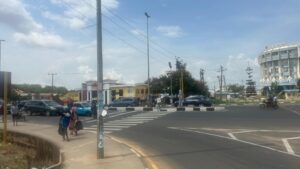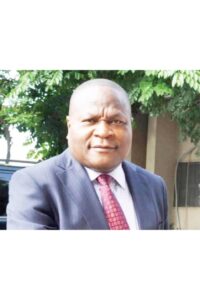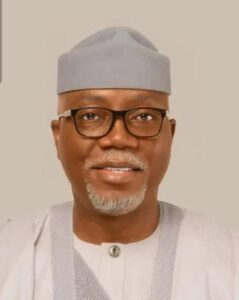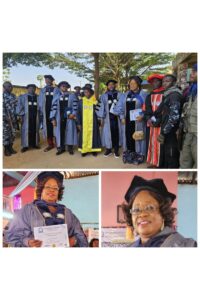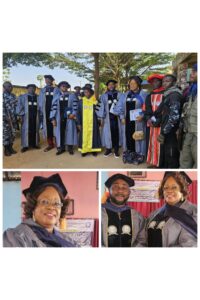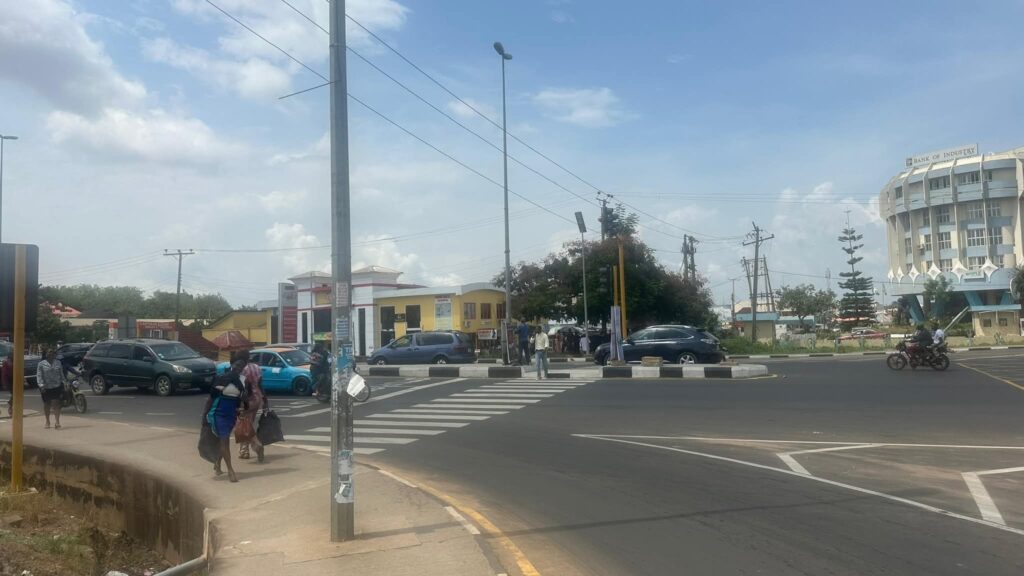
AKURE ROADS REIMAGINED: BLENDING LEGACY AND MODERNITY
By Kikelomo Isijola
As someone born and raised in Akure, I have spent my life moving through its streets, watching the city grow, and witnessing its challenges firsthand.
My journey as a public servant has given me a unique perspective. I had the privilege of serving as Special Assistant under Governor Olusegun Mimiko – the Great Iroko and today, I continue to serve under Governor Lucky Orimisan Aiyedatiwa. This experience has allowed me to see how vision, planning, and consistent action can transform a city.
When Governor Mimiko’s administration built Akure’s roundabouts, it was a bold step in urban renewal. I remember the excitement at the time – these roundabouts were not only functional but also beautiful, becoming landmarks and sources of civic pride. During festive seasons, residents and visitors alike would pause to take photos, appreciating how our city was being reshaped.
A decade later, Akure has grown beyond our expectations. Traffic has increased, urban spaces have expanded, and the city’s infrastructure needs have evolved.
In 2015, Akure’s urban population stood at approximately 556,000, by 2025, it is estimated at about 803,000 – a growth of nearly 44 percent within ten years. This surge in population has been accompanied by a steady rise in vehicle ownership.
For instance, the number of driver’s licences processed in Ondo State grew from 10,574 in 2020 to 19,154 in 2022, reflecting the increasing mobility demands on Akure’s roads.
With more people and more vehicles competing for limited road space, it became clear that the city’s transport infrastructure needed modernization.
That is why I am particularly excited about Governor Aiyedatiwa’s initiative to redesign and modernize our key roundabouts. His administration is building on Mimiko’s foundation, combining the original vision with modern solutions that meet today’s demands.
The upgrades are both impressive and practical. Lanes have been widened, signage clarified, pedestrian crossings improved, and smart, solar-powered traffic controls installed where necessary. The goal is simple but essential: safer streets, smoother traffic, and a city that is as orderly as it is welcoming.
I often hear people ask whether traffic lights make roundabouts unnecessary. From my experience, it’s all about context. Signals are helpful where congestion is heavy or pedestrian flows are high, while roundabouts excel where continuous movement and crash reduction are priorities.
By integrating redesigned roundabouts with smart signals where needed, the administration is striking the right balance between efficiency, safety, and sustainability, while respecting Akure’s urban heritage.
In comparison with other state capitals of similar size, such as Ado-Ekiti and Abeokuta, Akure is taking a more proactive and innovative approach to urban mobility. While many cities are still catching up in integrating solar-powered signals, pedestrian-friendly crossings, and aesthetic landscaping, Akure is already blending functionality with beauty, a legacy that began under Mimiko and is being refined under Aiyedatiwa.
For me, this project is more than just roadworks. It is a continuation of the city’s urban renewal story, preserving the landmarks that brought pride under Mimiko while introducing infrastructure that meets the needs of a growing, modern capital. Walking or driving through these intersections today, I see the difference clearly and I know my fellow Akure residents do too.
Through the combined legacies of Governors Mimiko and Aiyedatiwa, Akure’s roads are not just pathways; they are reflections of a city that values foresight, safety, and civic pride. As an Akure native, and someone who has been part of this journey, I am proud to witness our city evolve in ways that benefit everyone.
Hon. Kikelomo Isijola is
Special Assistant to the Governor Aiyedatiwa on Digital Media


